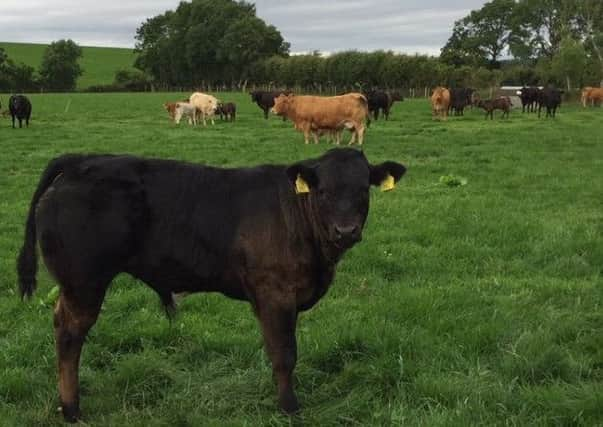Plan ahead for weaning suckler calves this Autumn


All aspects of the calf’s life changes; diet, environment, social contacts and the maternal bond with its dam.
If weaning is poorly managed then the stresses cause a setback in the calf’s performance and predispose the calf to disease in particular to respiratory disease (viral and bacterial pneumonias). The objective of weaning is to minimise the impact of stress. Careful management can minimise the weaning set back, maintain calf performance and minimise the risk of respiratory disease.
Advertisement
Advertisement
Calves that are weaned abruptly in the autumn, housed and introduced to silage and concentrate have low intake capacity initially. Ideally, all calves should be provided with a concentrate creep feeding prior to weaning. While suckled calves are low to adapt to creep feeding the liveweight check that normally occurs following weaning will be reduced considerably if calves consume 1kg creep feed daily prior to weaning. It is recommended that meal feeding six weeks before weaning and build up to about 1-2 kg per head per day at the point of weaning will help to reduce stress and risk of disease. The level fed depends on weight and sex of calf.
If required suckled calves and young cattle will benefit from a drench for worms and lungworm by the end of August and plan to start your pneumonia vaccination programme. Hoose (lungworm) is common in young cattle and can significantly damage the calves’ lungs. Discuss a suitable programme with your vet/advisor.
A study carried out by Harper Adams University and funded by AHDB Beef & Lamb showed at 11 days after weaning, calves fitted with nose flaps to prevent them suckling their dam had a greater liveweight gain compared with the abruptly weaned calves. Although this may not always be practical on many suckler farms, it can demonstrate the importance of weaning and may be of interest to some pedigree breeders.
Some other tips:
- Adequate handling facilities is key for the farmer’s safety and will reduce stress on the calf when carrying out procedures.
Advertisement
Advertisement
- Avoid housing and weaning calves at the same time to minimise the number of stressors they are exposed to at any one time if possible. Instead wean two to three weeks before housing.
- Do not dehorn or castrate a month before or after weaning to minimise stress.
- Graze calves purchased weaned at market for two to three weeks before housing in a well-fenced and sheltered field.
- Vaccinate against pneumonia and clostridial diseases before housing.
Advertisement
Advertisement
- Clip a 30cm wide strip from the calf’s back to prevent sweating.
- Treat for internal and external parasites with a clear anthelmintic and treat for fluke if needed.
- House in well-ventilated sheds with plenty of straw if possible and avoid a dusty environment.
- Stocking density should be double the normal space requirements; 2-3 square metres per 100kg of liveweight instead of the normal 1-1.5 if possible.
Advertisement
Advertisement
- Introduce the store or finisher diets gradually and feed plenty of good quality forage initially.
- Avoid mixing groups of calves because of the risk of disease spread if they come from different disease backgrounds.
- Aim to wean in good weather conditions.
- Draft calves over a period if possible.
- If selling as weanlings plan your sale and prepare your calf for sale.